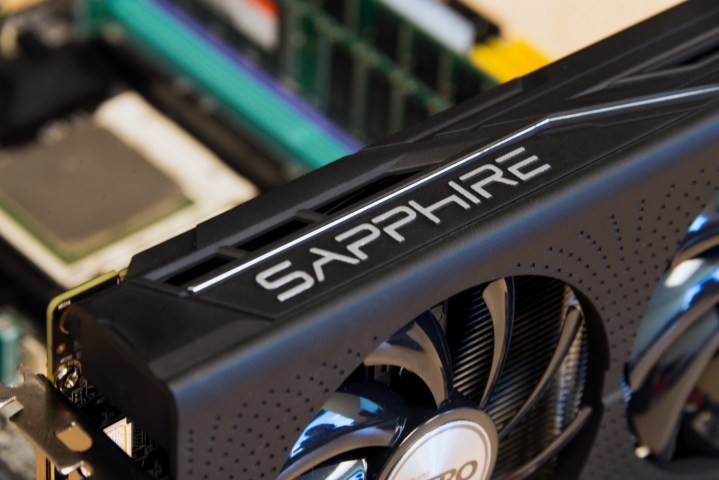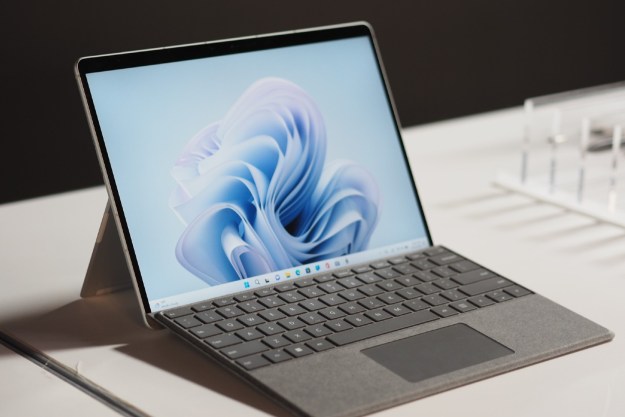
Overclocking.Guide discovered over the weekend that the RX 460 actually contains 1,024 Stream Processors instead of the listed 896. When the remaining Stream Processors are enabled using a modified BIOS file, owners can see an increase in performance of up to 12.5 percent. So far there’s no indication of why AMD chose to lock away the 128 hidden cores, but the company may have discovered that the card was growing too hot using all 1,024. It’s really anyone’s guess at the moment.
Regardless, the extra cores are there and Overclocking.Guide is currently providing an edited BIOS for the Sapphire Nitro 4G and the Asus Strix O4G. Overall, the site tested six Radeon RX 460 cards provided by Sapphire and Asus, five of which were the Strix O4G, all of which were fully capable of unlocking the 128 hidden GPU cores. The site plans to upload additional modified BIOS versions for other RX 460 cards in the near future.
First, here are the updated BIOS downloads:
Next, for those planning to use the modified BIOS, be sure to backup the card’s original BIOS file just in case something goes wrong or if users simply want to revert back to the original settings. After all, the cores were locked away for a reason, so backup just in case. To do this, either run the included “backup bios.bat” file, or use the latest version of GPU-Z from TechPowerUp to save the original BIOS file. After that, run the “flash unlocked bios.bat” file to install the modified BIOS. Reboot the PC when completed.
The site performed several benchmarks comparing the performance of the original BIOS file to the modified file unlocking the hidden cores. Here are the results:
| Sapphire RX 460 Nitro 4G |
Stock BIOS File | Unlocked BIOS File | Performance Gain |
| 3Dmark FireStrike GT1 | 2775 | 3018 | +9 percent |
| The Witcher 3 (Max FPS) | 3533 | 3700 | +5 percent |
| Asus RX 460 Strix O4G |
Stock BIOS File | Unlocked BIOS File | Performance Gain |
| 3Dmark FireStrike GT1 | 2735 | 2919 | +7 percent |
| The Witcher 3 (Max FPS) | 3433 | 3733 | +9 percent |
The site notes that the modified BIOS files were tested with the Radeon Crimson Edition 16.11.5 driver, and there’s a good chance the new Crimson ReLive Edition driver won’t work on cards with a modified BIOS file given the driver requires a verified BIOS signature. There is a workaround on TechPowerUp’s site here just in case.
Finally, users may also need to delete the card in Device Manager and restart the PC before installing the latest driver with the modified BIOS file intact.
Editors' Recommendations
- What power supply do you need for the AMD Radeon RX 7900 XTX?
- AMD RX 6000 graphics cards could get a 10% price hike soon


